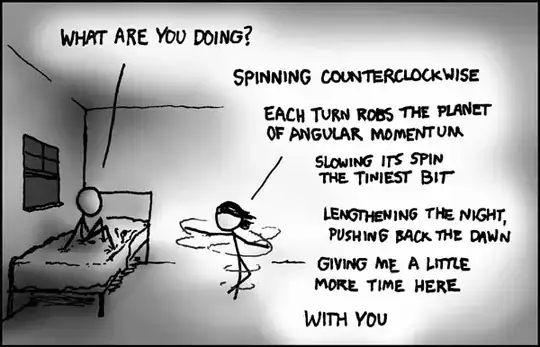I am aware that tons of experiments are performed on this topic and the scientists try to be very careful with the experiments and take every possibility into account.
In a single electron double slit experiment, we know the limits to the direction of the electron's momentum since we know the path it travels from the gun to the slits. After the slits, we observe that many electrons go beyond these limits/range in direction, producing an interference pattern on the screen. This phenomena is explained by probability waves.
But, isn't it weird that a particle changes direction (therefore momentum) by itself? It looks like it would be a more robust explanation if something manipulated the electron or transferred energy to it. Ofc, I can say 'well, in the quantum world things are different; follow the formula; think out of the box; etc.', but that is how I feel at the moment.
In summary, what is the possibility that the interaction pattern on the screen is just due to the electrons interacting with the atoms at the edges of the slits? I don't know what causes the periodicity/pattern on the screen but the explanation might be inside the atom, impossible?
